Public buildings in NSW
Architecture around NSW
This photo album (NRS-4346) of public buildings in New South Wales dates from c1880 to c1940. It was created by the Government Architect's office and includes a diverse array of important public and institutional structures such as:
- Departmental buildings, for example the Lands Office in Sydney and Government House
- Court houses
- General hospitals and state hospitals
- Post and telegraph offices
- Police stations and barracks
- Psychiatric hospitals
- Mothers and babies welfare centres
- Government shipbuilding yards, Newcastle
Each of these types of buildings serves a crucial role in public administration, health, and safety, reflecting the Government Architect's office's broad mandate to design and oversee the construction of essential infrastructure.
Related
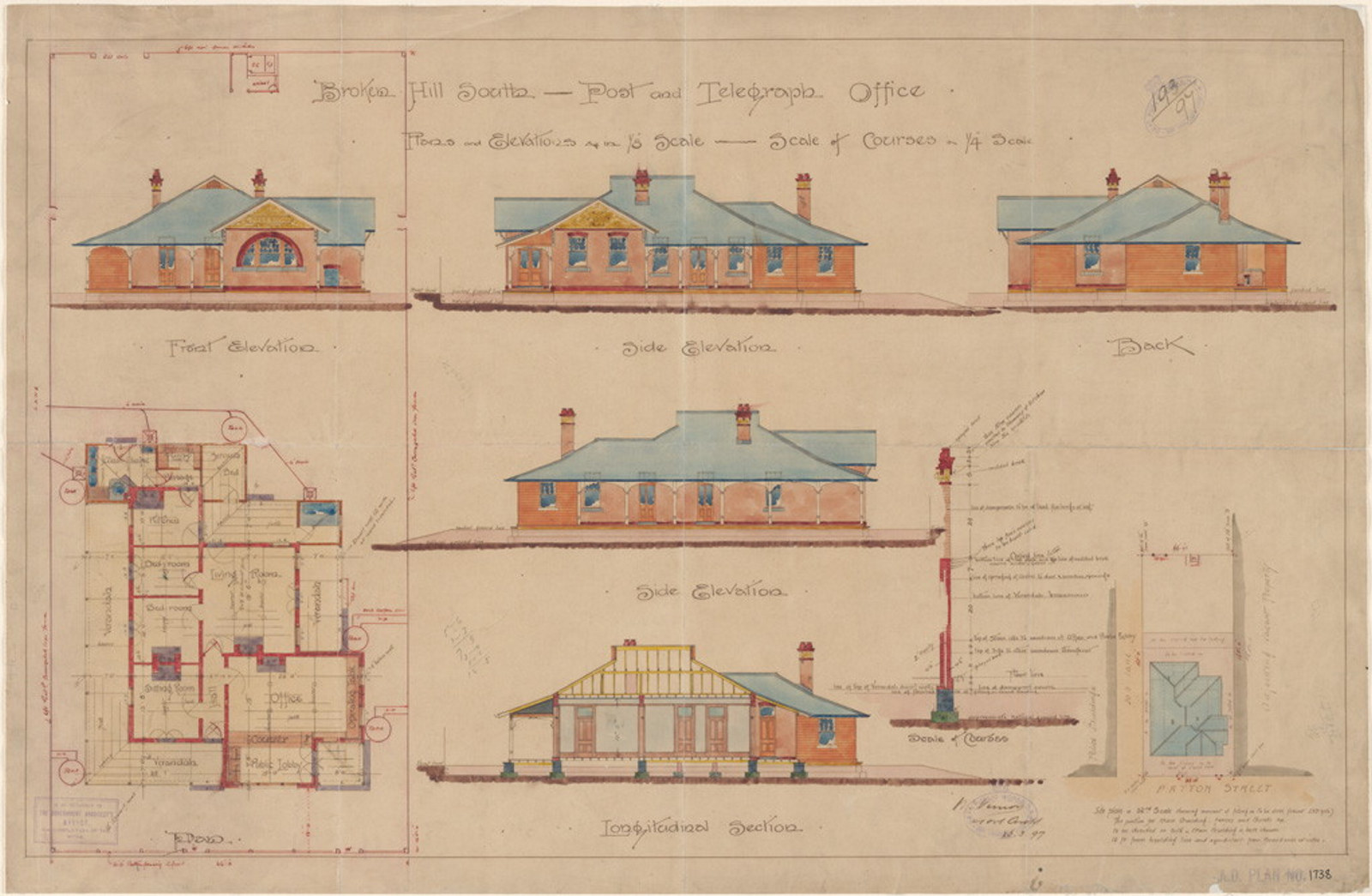
Plans of public buildings
A sample of digitised building plans showing gaols, hospitals, pilot stations, post and telegraph offices, schools and tramways
Published on
Architecture & design
Browse all
Wallpaper
Wallpaper printing rollers: from machine printing to 3D capture
In December 2022, Phyllis Murphy AM generously donated to the Caroline Simpson Library more than 3,000 wallpaper samples. While the bulk of the donation consists of wallpaper rolls, lengths and sample books, it also includes two printing rollers

House photo albums
These specially produced photograph albums (some in published form and others consisting of photographs pasted into an album) comprise images of one or more domestic dwellings and depict exteriors, interiors and gardens in NSW mostly from the late 19th to the early 20th centuries

Richard Stringer’s architectural photographs, 1968–2003
This portfolio contains 55 photo prints taken by architectural photographer Richard Stringer, dating from 1968 to 2003, documenting significant Australian domestic buildings

Barry Wollaston: historic buildings in the county of Cumberland (NSW), 1954
This collection consists of 232 photo negatives by architect and photographer Barry Wollaston of buildings in the Sydney region considered by the Royal Australian Institute of Architects in the early 1950s to be of architectural and historical value
Photo collections
Browse all
House photo albums
These specially produced photograph albums (some in published form and others consisting of photographs pasted into an album) comprise images of one or more domestic dwellings and depict exteriors, interiors and gardens in NSW mostly from the late 19th to the early 20th centuries

Richard Stringer’s architectural photographs, 1968–2003
This portfolio contains 55 photo prints taken by architectural photographer Richard Stringer, dating from 1968 to 2003, documenting significant Australian domestic buildings

Barry Wollaston: historic buildings in the county of Cumberland (NSW), 1954
This collection consists of 232 photo negatives by architect and photographer Barry Wollaston of buildings in the Sydney region considered by the Royal Australian Institute of Architects in the early 1950s to be of architectural and historical value

A pictorial guide to identifying Australian architecture – photo collection
This collection of over 700 black and white photo prints was used to illustrate the book 'A pictorial guide to identifying Australian architecture' by Richard Apperly, Robert Irving and Peter Reynolds, first published in Sydney in 1989

Electricity Commission
These photos record the power generation and transmission assets of the organisation and document the working conditions and social events of its employees
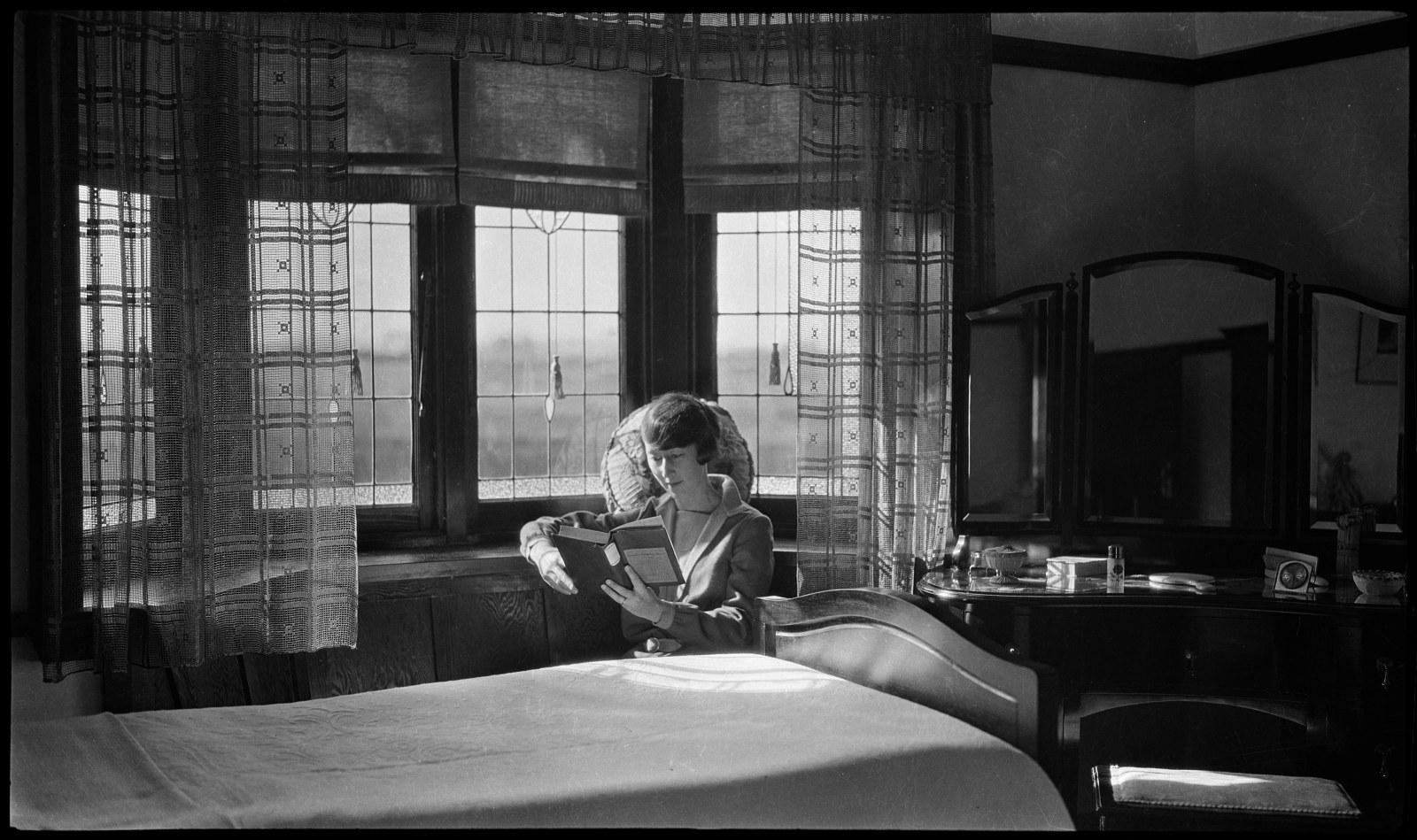
Alan Spearman Evans Collection
The Alan Spearman Evans Collection comprises over 2000 photographic images of houses, house interiors, garden landscapes and industrial workplaces in NSW
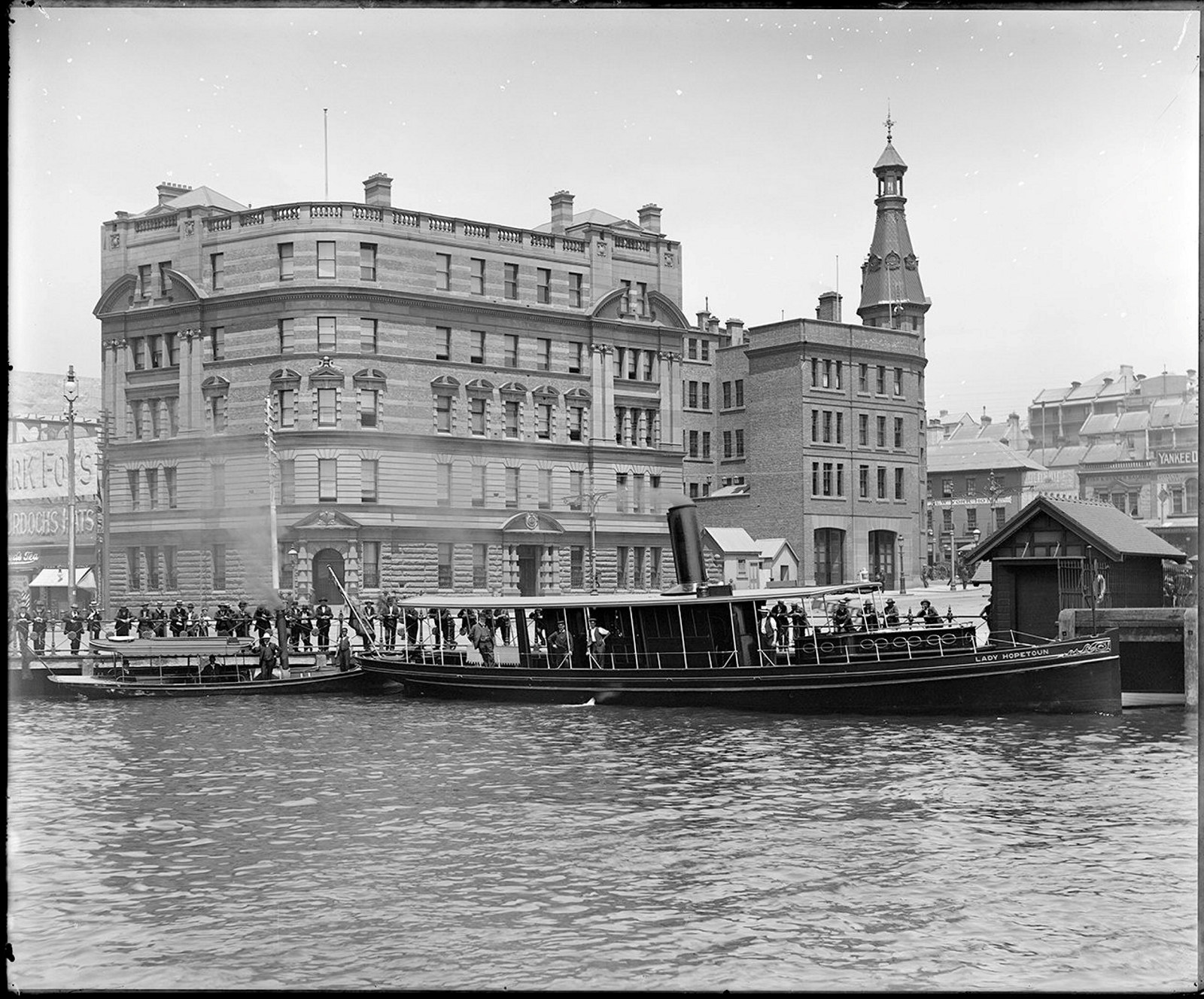
Maritime Services Board
A sample of the 4000+ digitised glass plate negatives from the Maritime Services Board
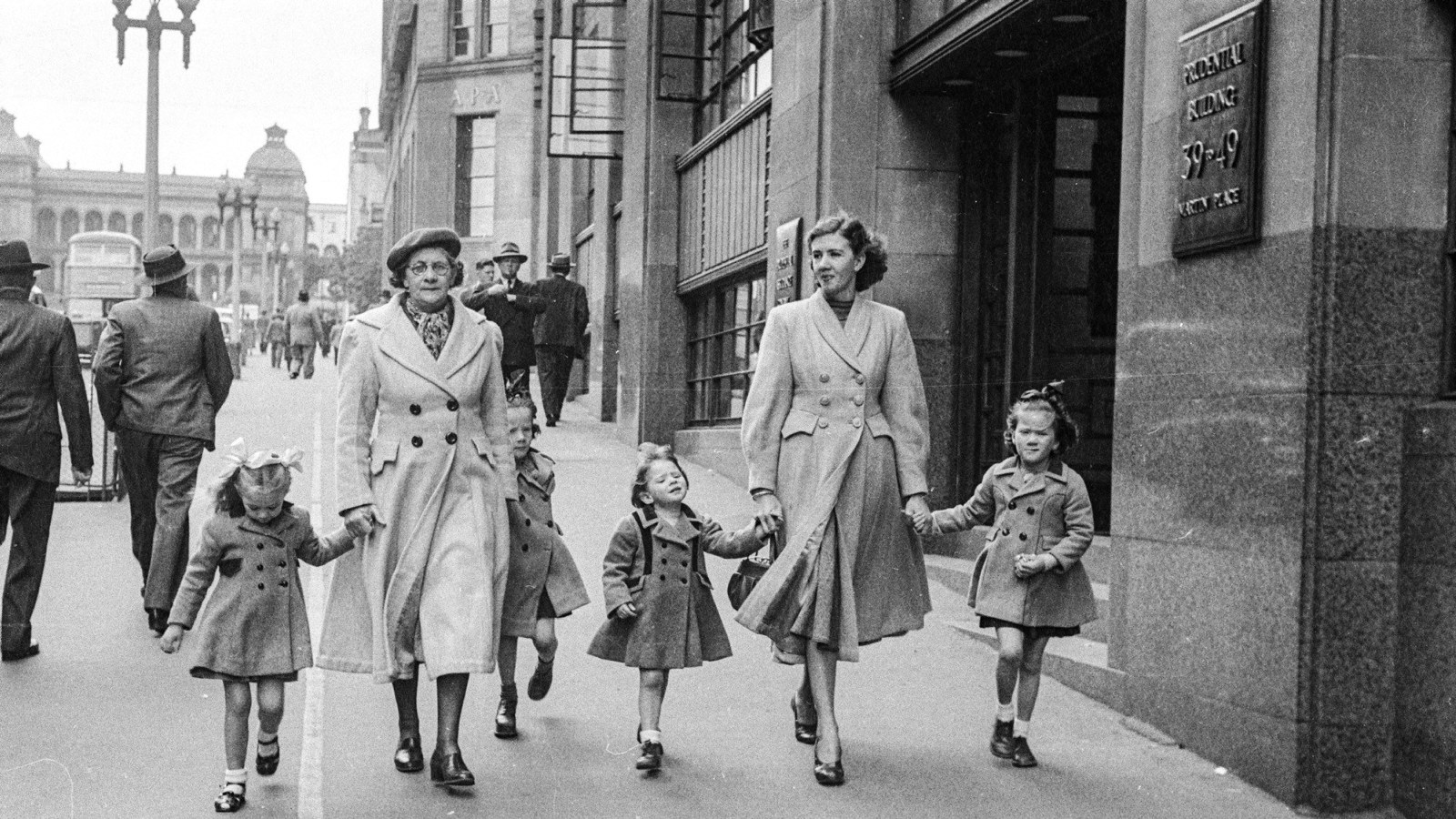
Ikon Studio
During the public call out for our Street Photography exhibition an extraordinarily rare collection of street photography negatives came to light. The Ikon Studio negatives provide a fascinating visual narrative of the street photographer at work
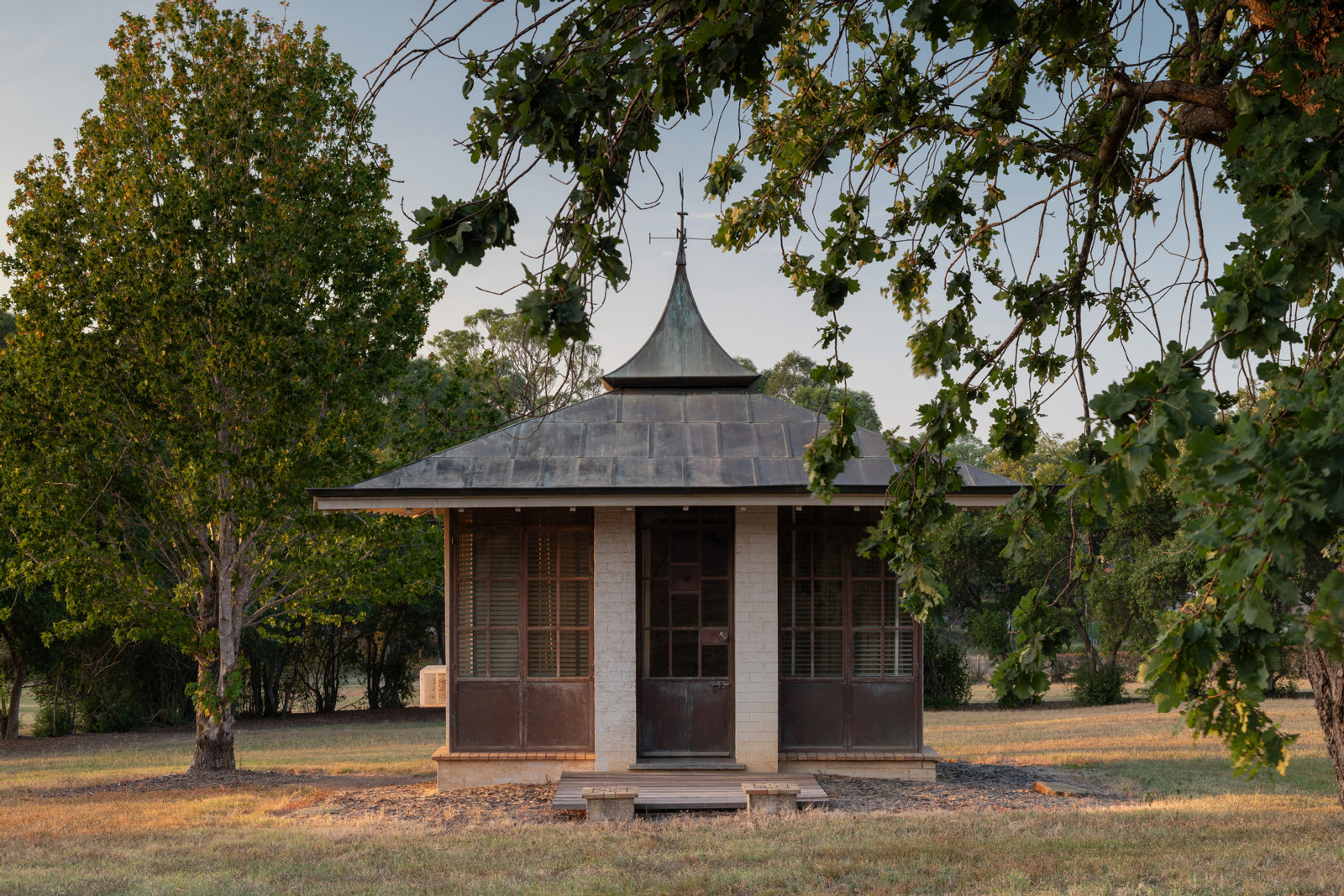
Documenting NSW Homes
Recorded for the future: documenting NSW homes
The Caroline Simpson Library has photographically recorded homes since 1989

Government Printing Office Glass Negatives
From the late 19th century into the 20th century, photography played a significant role at the Government Printing Office, leading to a rich and varied collection of images depicting life in New South Wales